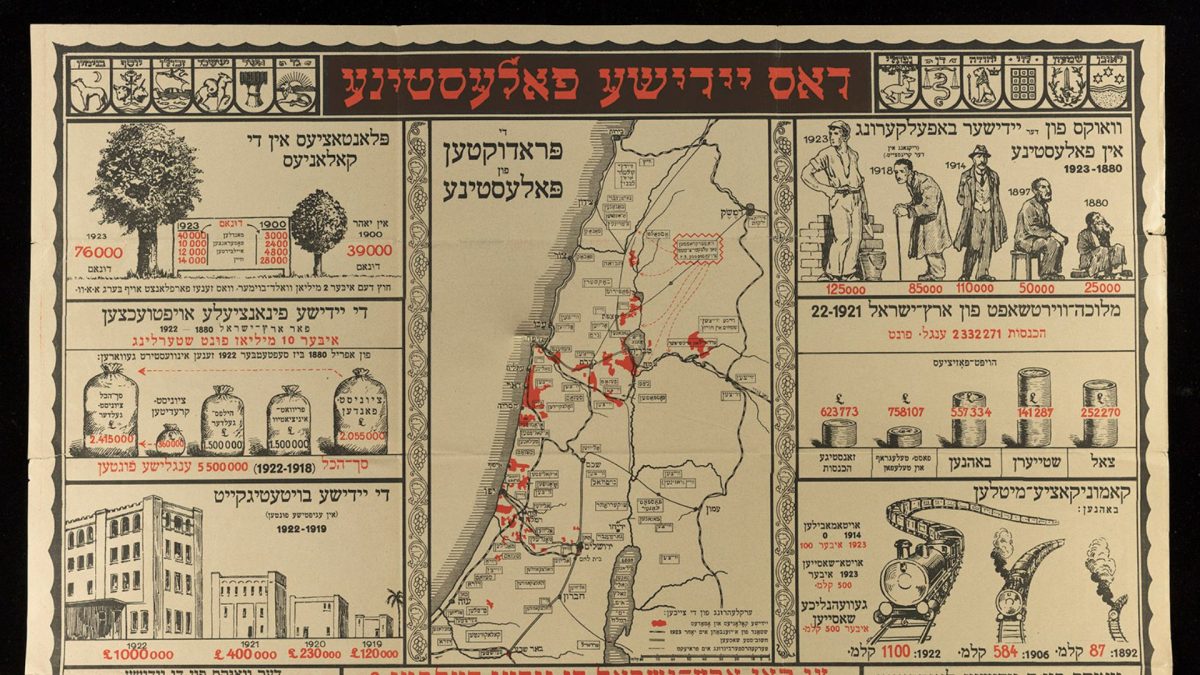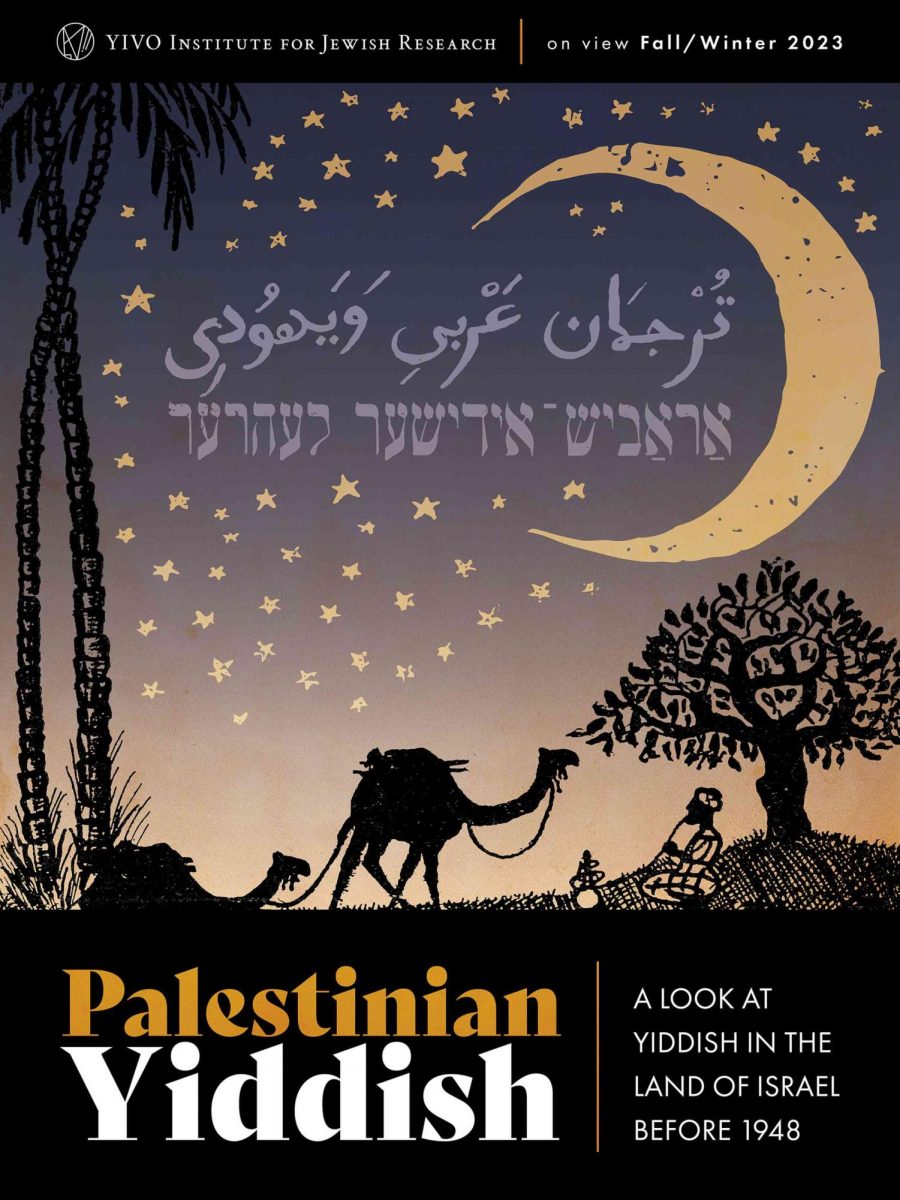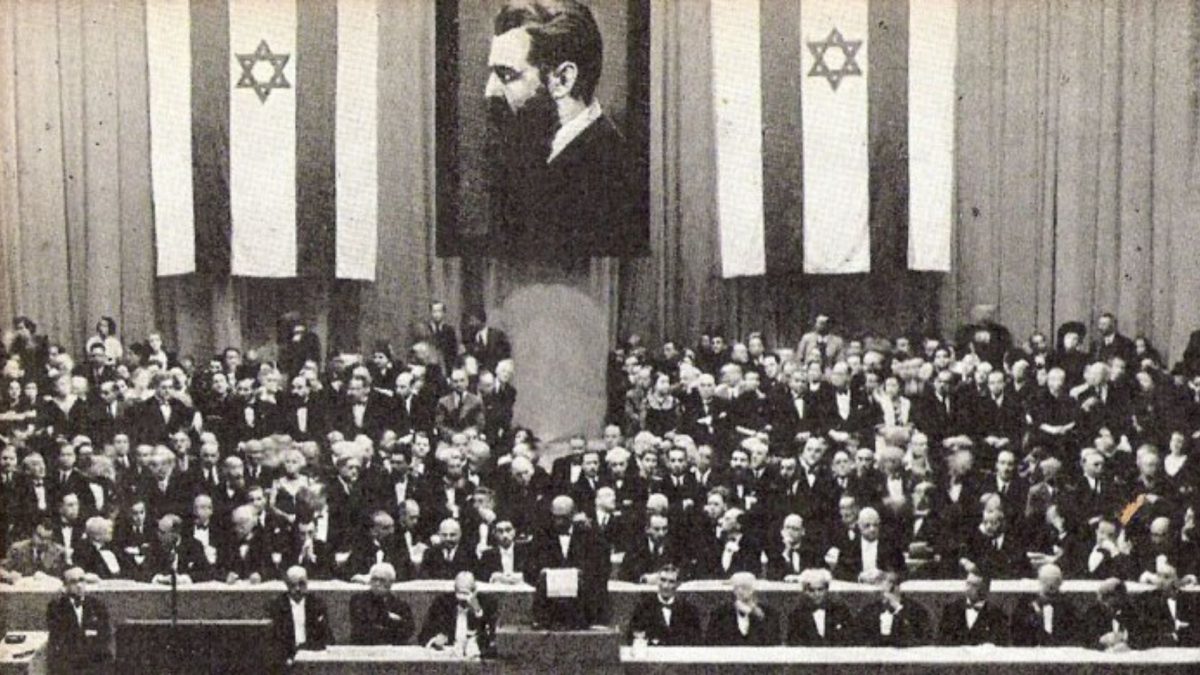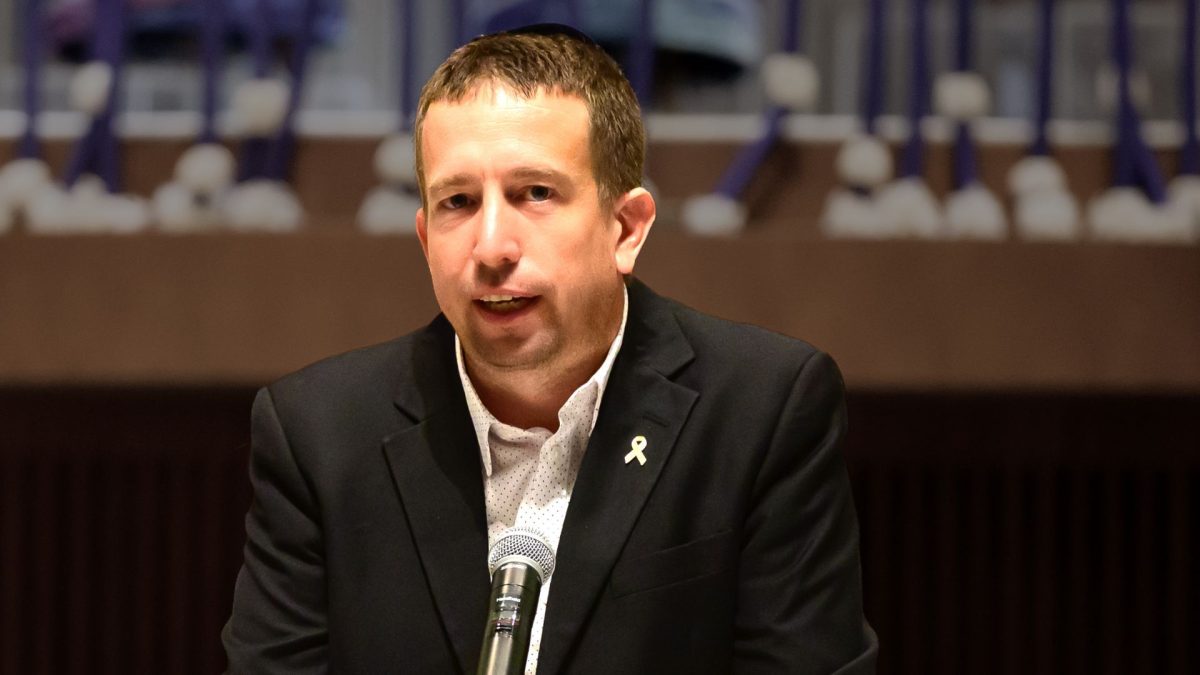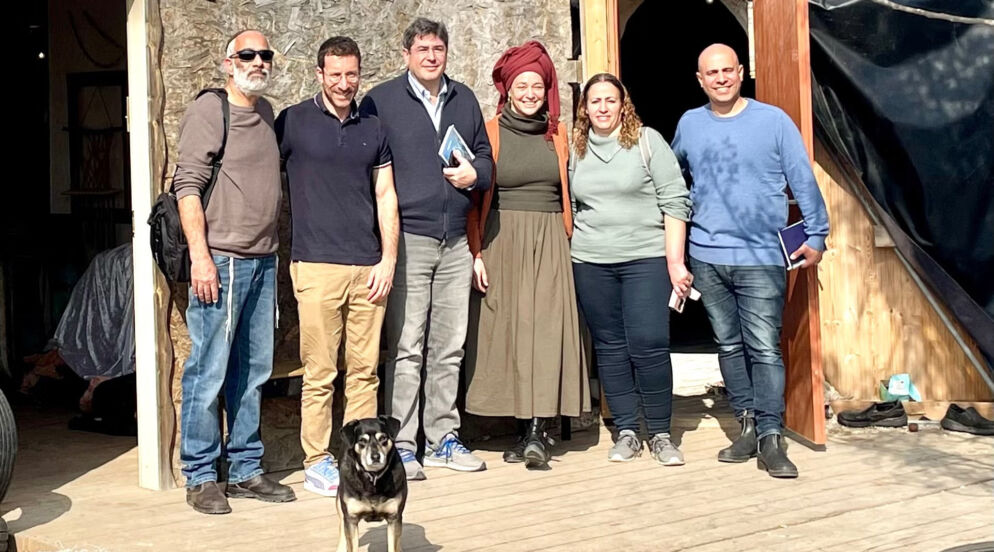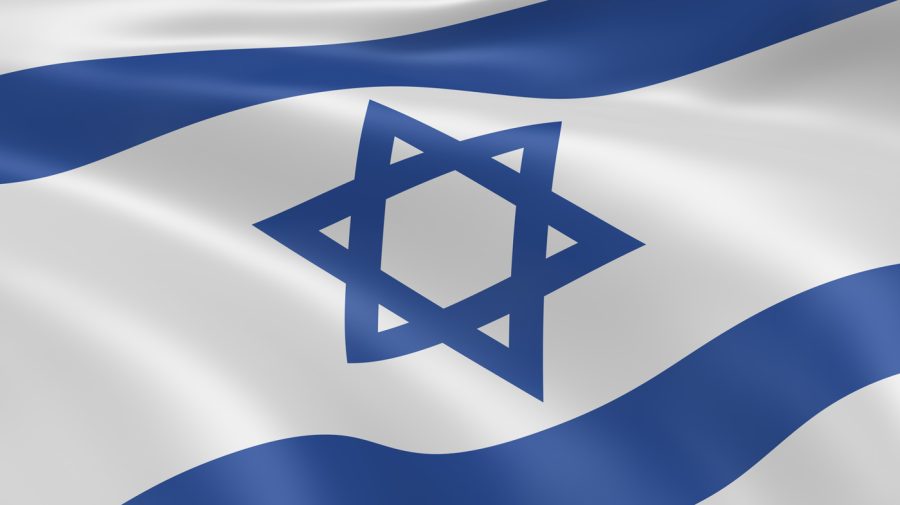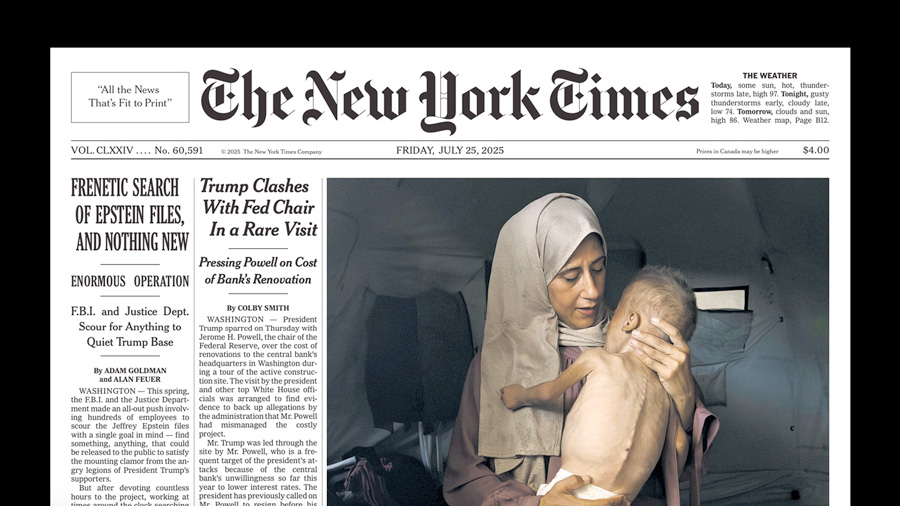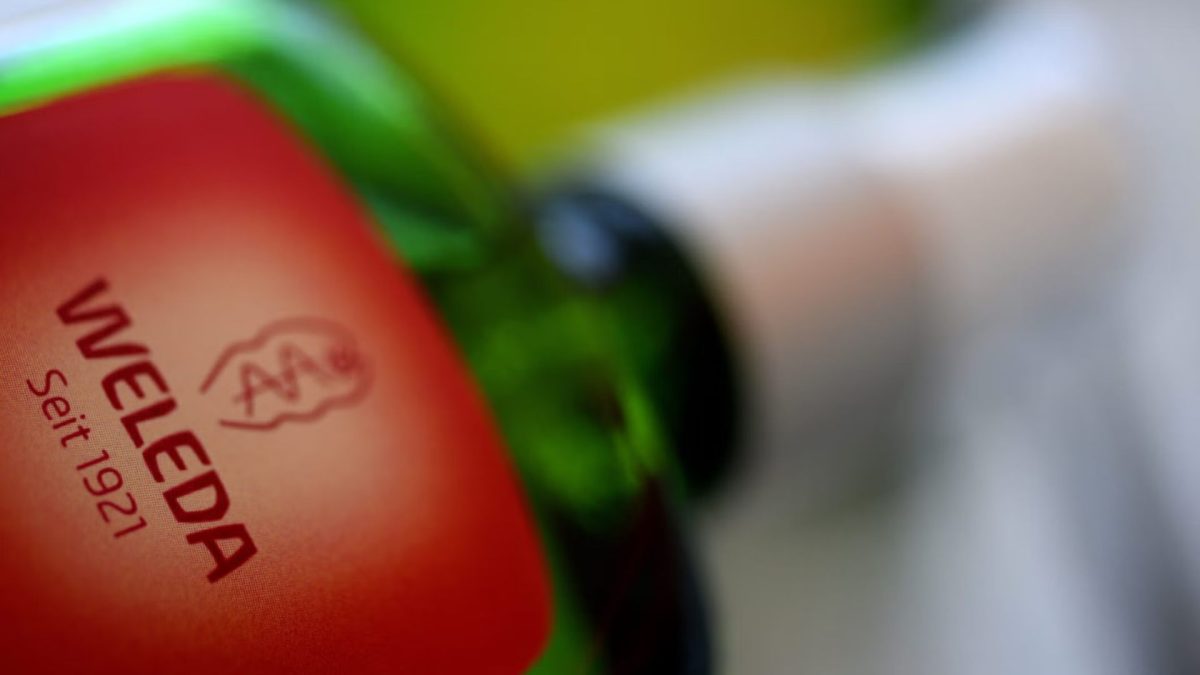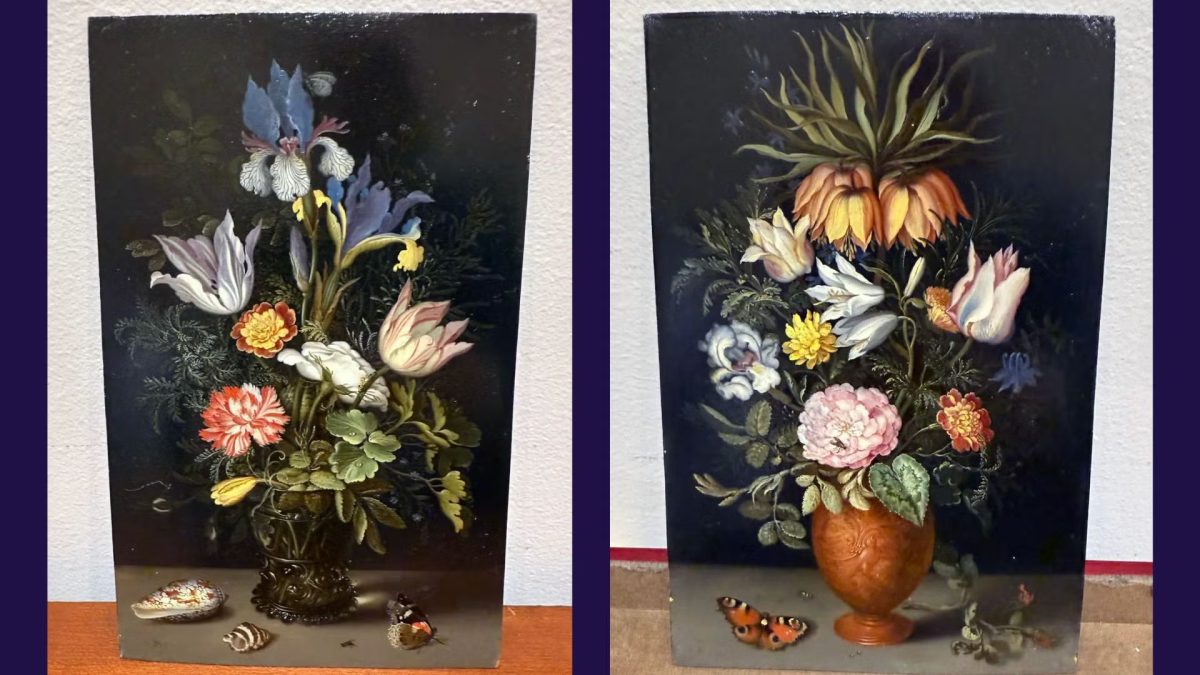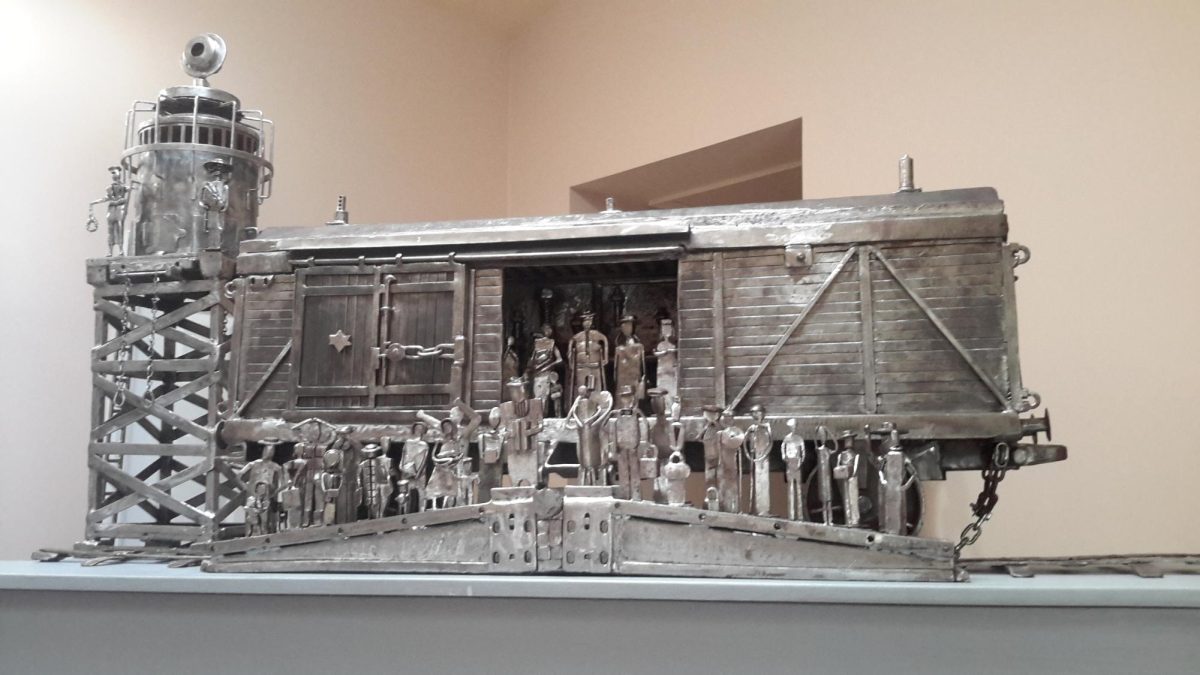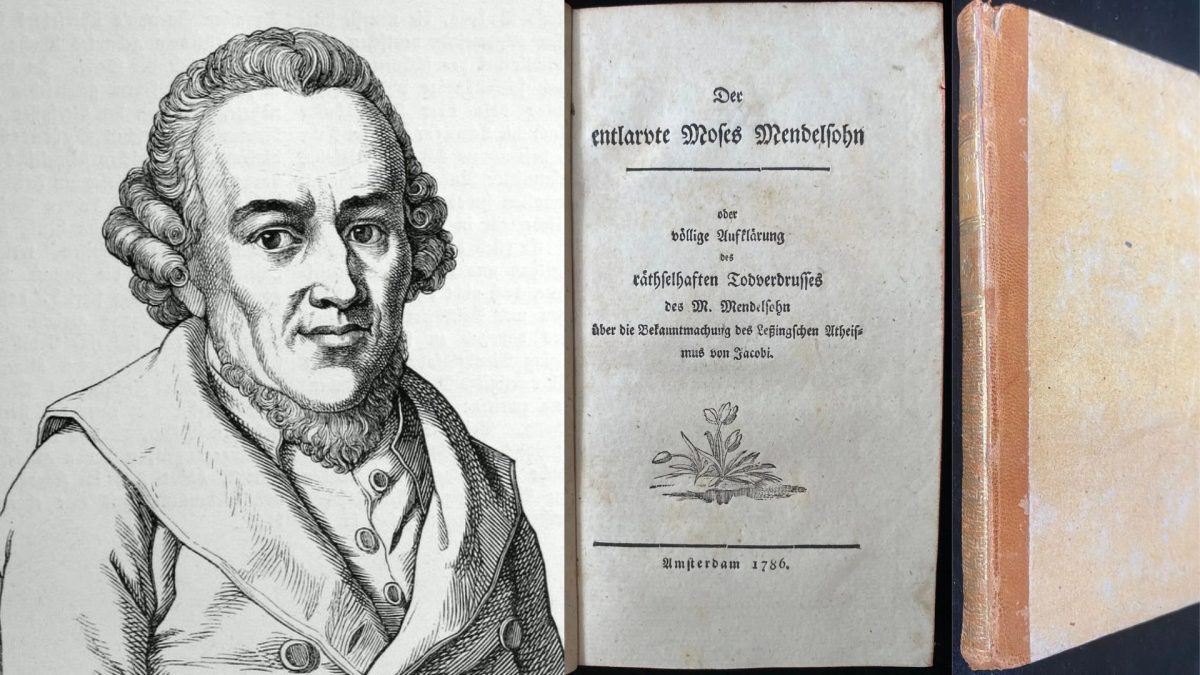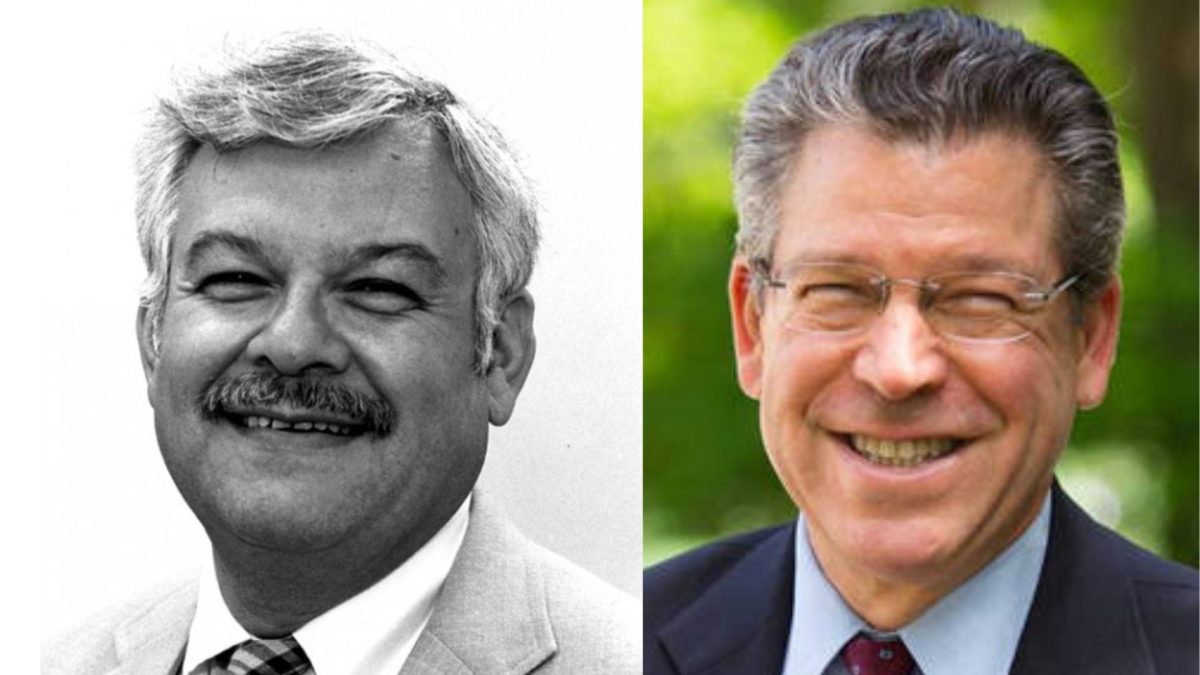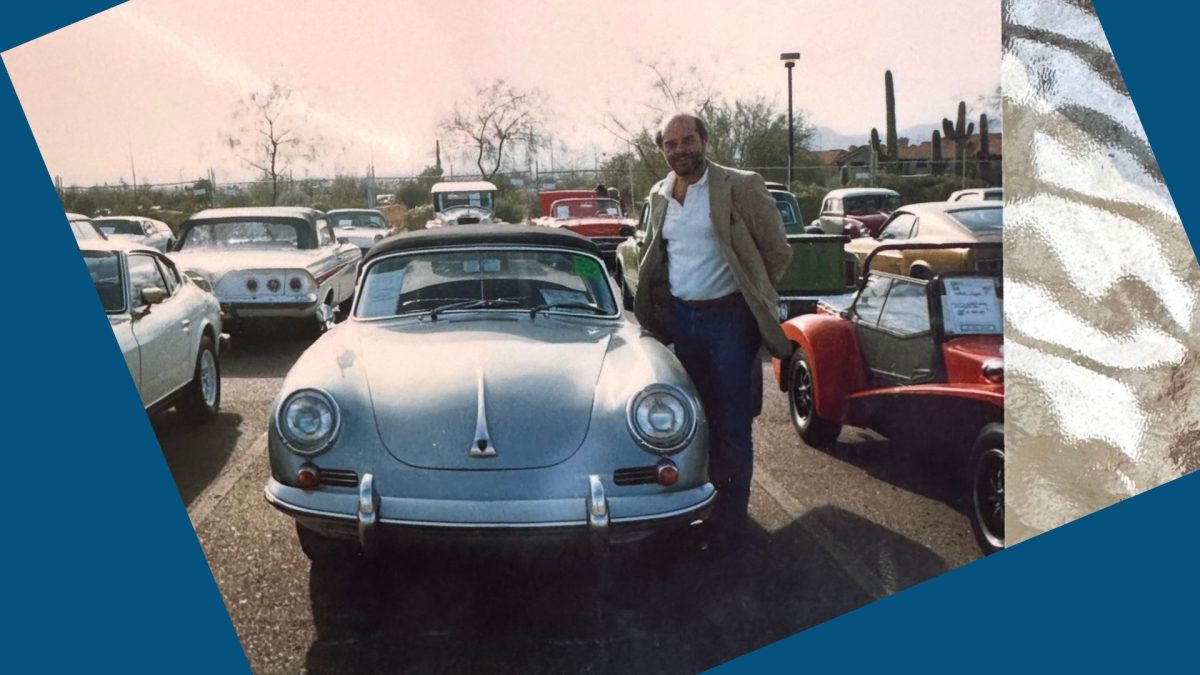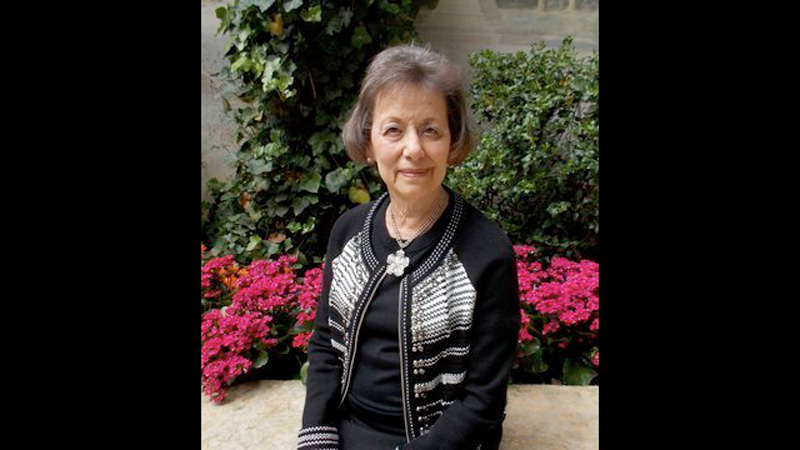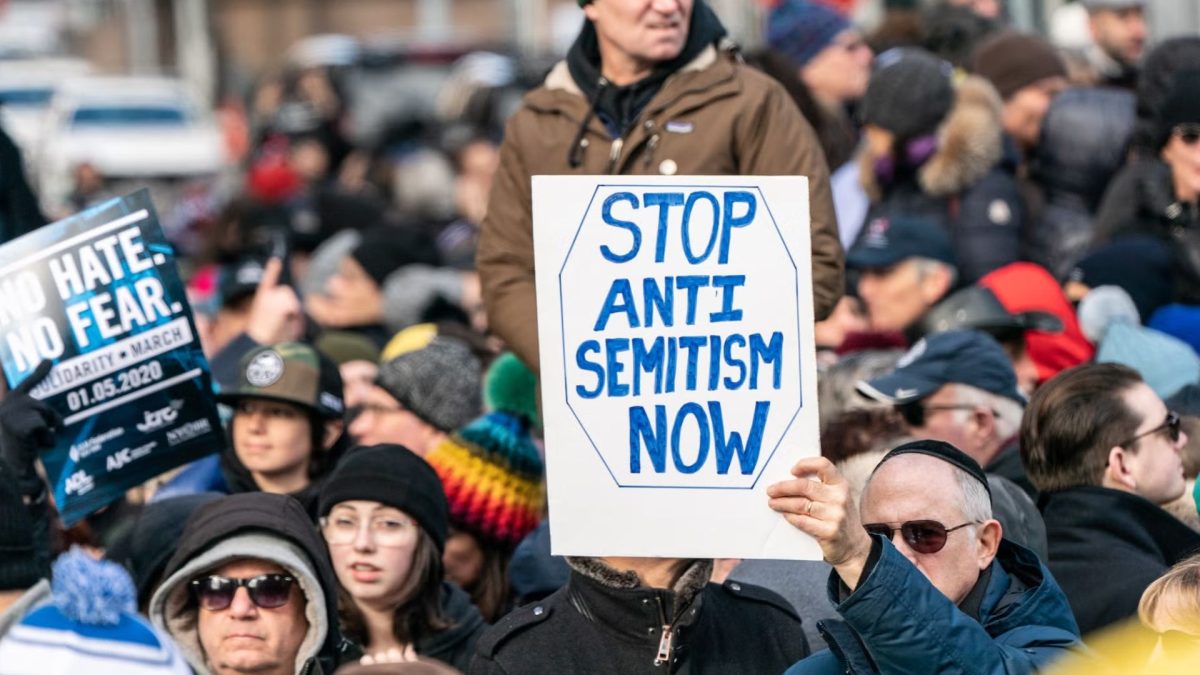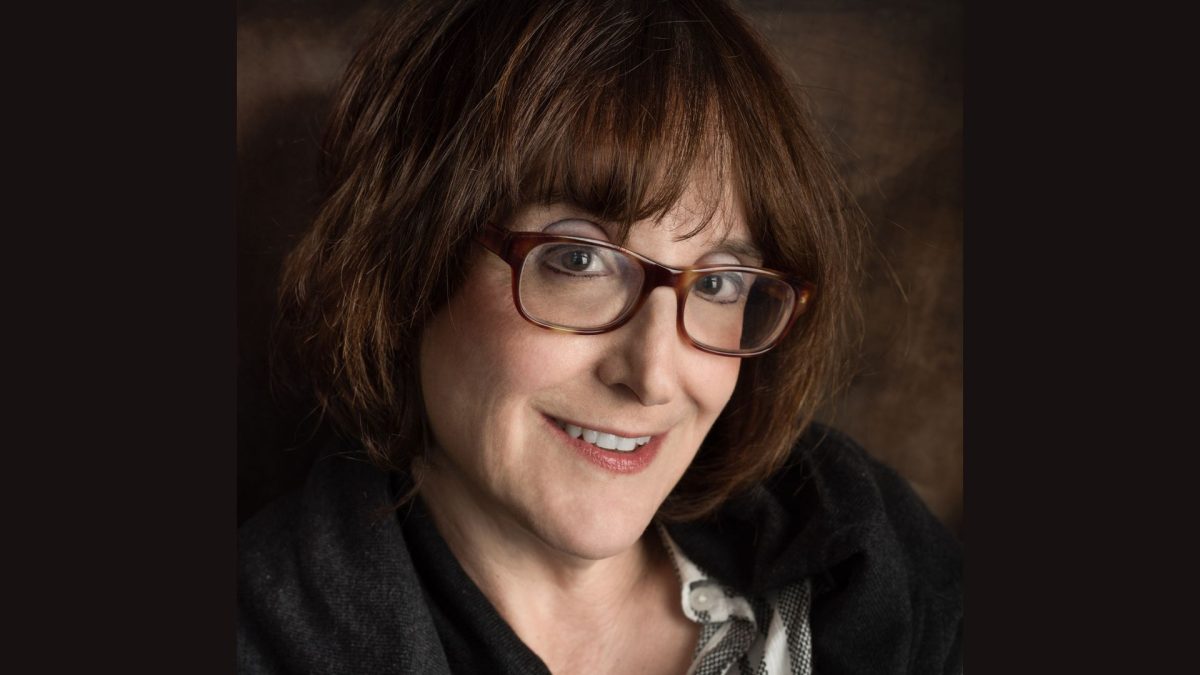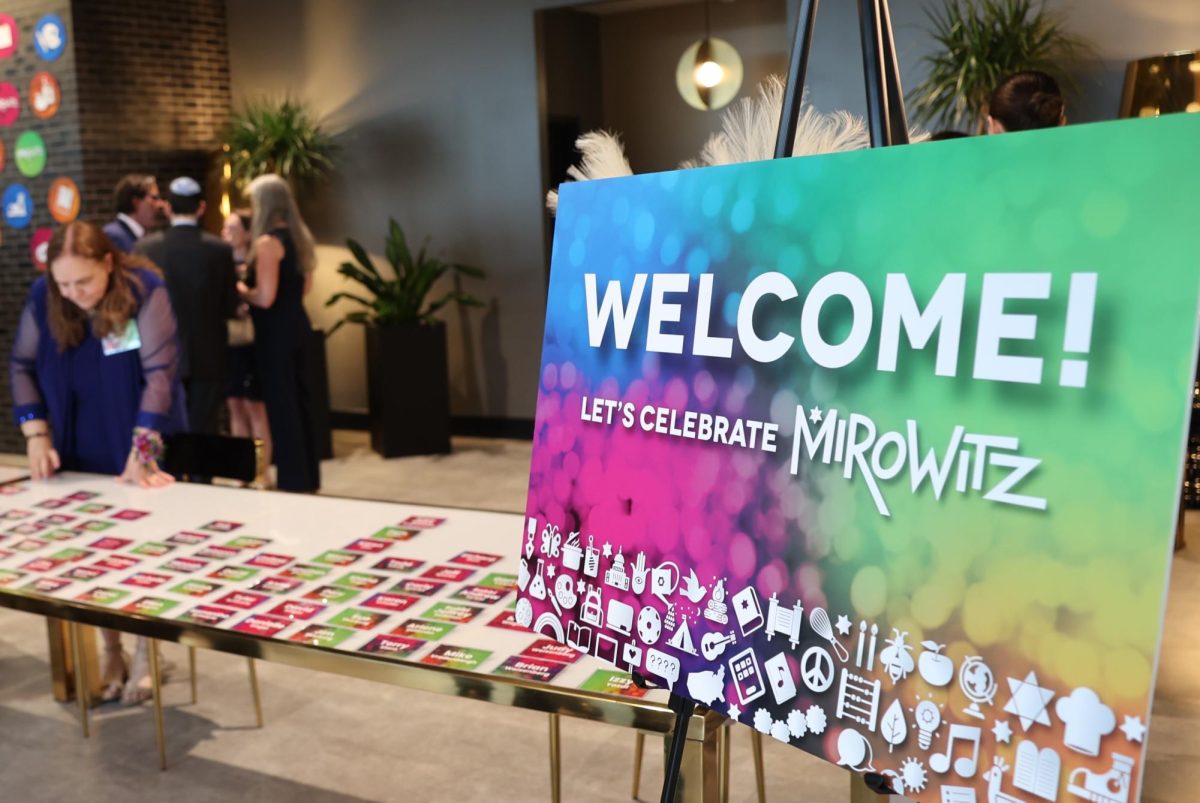Nearly 100 years ago, a group of Jewish scholars and intellectuals who focused on the study of all aspects of Jewish life decided to ensure Jewish history, language, traditions and religious culture were preserved for generations. The result was the establishment of the Yiddish Scientific Institute (Yidisher visnshaftlekher institut) known today by the acronym YIVO.
In 1925, Vilna, Poland, then an important center of Jewish culture, was selected as the site of the institute. YIVO focused on the Jews of Eastern Europe but collected books, manuscripts and other artifacts from Jewish communities around the world. Today, the YIVO’s Archives and Library represent the single largest and most comprehensive collection of materials on East European Jewish civilization in the world.
YIVO, now located in New York City, is popular not only with scholars but also ordinary Jews who have embraced YIVO’s commitment to using Yiddish, the past everyday language of millions of Jews in the world, as its official language.
ADVERTISEMENT
It is with this commitment to Yiddish, that YIVO has become, to some, the defacto guardians of the Yiddish language. Today, YIVO presents classes, programs and exhibitions dedicated to keeping the history of Yiddish alive and relevant in the 21st century.
New Exhibition Opening
Next week YIVO is opening its newest on-site exhibition, “Palestinian Yiddish: A Look at Yiddish in the Land of Israel before 1948,” on Sept. 5, and run through the fall (there is no closing date yet). The exhibition explores the importance of language and national identity as key elements of Jewish history and culture.
Yiddish has been a feature of Jewish life much longer than people imagine and there is evidence that Yiddish was spoken in the Holy Land as early as the 16th century.
ADVERTISEMENT
“Yiddish could be heard in the streets of Jerusalem, Tsfat and Tiberias long before Zionism was even a twinkle in Theodor Herzl’s eye,” said exhibition curator Eddy Portnoy, who is YIVO’s academic advisor and director of exhibitions.
St. Louis’ exclusive sneak peek
While the exhibition will be held in New York, the Jewish Light is able to offer Light readers an exclusive digital sneak peek at nine artifacts on display in New York.
Exhibition Backstory
The rise of Zionism in the late 19th century and an increase in Jewish immigration to the Land of Israel brought about a different attitude towards Yiddish. Zionism began developing a new, modern Hebrew culture to replace diaspora Jewish cultures.
Hoping to break with the past, early Zionist ideology was very much opposed to Yiddish culture and actively suppressed it. The new “muscular Judaism” of Zionism was created in contrast to the allegedly weak diaspora Jews, who were associated with Yiddish, the most broadly spoken Jewish language worldwide.
Some Zionists actively combatted Yiddish through propaganda, protests, and violence, while Zionist Yiddishists were in the process of creating a new type of Palestinian Yiddish culture. This Palestinian Yiddish literature forms the core of this exhibit.
After the declaration of the state in 1948, Yiddish continued to be legislated against. While Zionism succeeded in creating a Hebrew-speaking country, it did so at the expense of the heritage language of many of its first citizens.
“Because modern Hebrew was created by Yiddish speakers, much of Hebrew phraseology is based on Yiddish linguistic constructions,” added Portnoy. “While the official language of Israel is Hebrew, there is still quite a lot of Yiddish behind the scenes.”
The exhibit introduces the viewer to these “scenes” as well as the largely unknown arena of Yiddish culture, which enriches our concept of Yiddish land: wherever Yiddish is spoken,
“The unique Yiddish press and literature that emerged did not always see eye to eye with Zionist ideology and was mostly ignored – if not proscribed. In a twist of historical irony, the current wave of renewed interest in Yiddish worldwide includes Israel as well, with Yiddish classes available and popular everywhere,” said Chaver.
Learning More
Palestinian Yiddish: A Look at Yiddish in the Land of Israel before 1948
When: Opening September 5, 2023
Where: Center for Jewish History building, 15 West 16 Street, New York, New York, 10011
More info: You find out more about the YIVO and the exhibit online.



